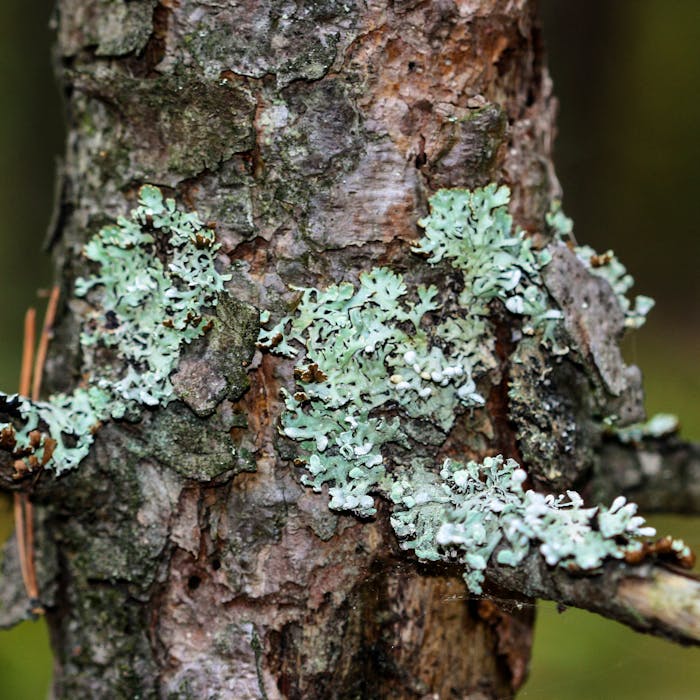
Lichens - growing in a world of their own
The often overlooked lichen is a plant with its own unusual way of life. It is a symbiotic organism made up of a fungus and an alga or cyanobacterium (or sometimes both) that can feel at home in almost any location.
There are about 17,000 species of lichen worldwide, and 1,800 in the UK.
Lichens can grow on a wide variety of surfaces, and it has been estimated that 6% of the earth’s land surface is covered by them.
Typically, lichens grow on bark, branches, leaves, mosses, rock - and on other lichens. They grow on walls, gravestones, roofs, exposed soil surfaces, bones, and in the soil as part of biological soil crusts. Different kinds of lichens have adapted to survive in some of the most extreme environments on Earth: arctic tundra, hot dry deserts, rocky coasts, and toxic slag heaps. They can even live inside solid rock, growing between the grains.
Fungi alone are incapable of photosynthesis because they lack the green pigment chlorophyll. Algae, however, are able to harvest light energy from the sun. So working in symbiosis, the fungi gain the energy they need to live, and it is thought the algae gain greater protection from the environment by their relationship with the fungi, particularly from ultra-violet radiation.
When lichens grow on living things such as trees, they are not parasitic on them, but just use them as a surface to grow on. They do not even have roots or require constant hydration. This is why lichens are able to grow in places that other plants cannot, such as arid areas, mountaintops and frozen landscapes.
As lichens don’t have roots, they rely on taking in water and food from the atmosphere around them, which makes them extremely vulnerable to pollutants that have dissolved in rainwater. This is why the site of lichen is associated with the existence of clean air. Despite the pollution reducing the prospects for some lichens, other species are more tolerant of it, and have expanded their range since the Industrial Revolution and modern urbanisation.
Lichens can be extremely long-lived, with some considered to be among the oldest living things on earth. They grow slowly, with some only adding around 0.5mm per year. Some lichens have estimated lives of up to 5,000 years.
Further reading
Links to external websites are not maintained by Bite Sized Britain. They are provided to give users access to additional information. Bite Sized Britain is not responsible for the content of these external websites.
